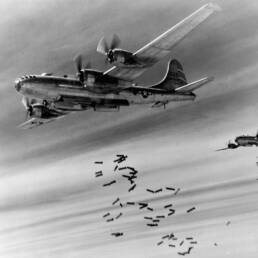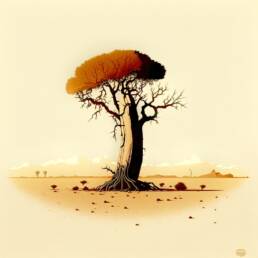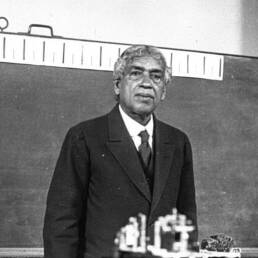More than 80 years ago, a political leader imbued with a deep sense of patriotism and an intrepid film-maker came together to create cinematic history.
In the world of Indian films, Hirendra Nath Basu, better known as Hiren Bose, is associated more with music. However, Hiren Bose was also a film-maker who directed 11 movies.
The 1930s saw a significant interest in the movie industry in Africa. Released in 1931, Trader Horn was the first non-documentary film to be shot on location in Africa. Tarzan the Ape Man followed a year later and suddenly, there was a mad rush of films set and shot in the Dark Continent.
Indian film-makers soon caught on to the trend. Wadia Movietone’s Toofani Tarzan (1937) was a major hit, followed by Tarzan ki Beti a year later. However, the Indian films were only set in Africa and not shot there primarily due to budget constraints.
Hiren Bose wanted to change that. He wanted to create history by shooting on location in Africa. Coincidentally, another Indian had the same plan. Seth Govind Das was a Congress leader who was disturbed after watching Trader Horn.
He felt that Hollywood was misrepresenting African history, completely ignoring India’s, especially Kathiawad region’s ancient trade relations with Africa. He wanted an Indian film to be made that addressed this.
Govind Das arranged for a recce safari in Africa and started raising funds. He was now on the lookout for a daring filmmaker who was willing to take up such an assignment. During the Durga Puja of 1938, Govind Das met Hiren Bose. The dye was now set.
On January 31, 1939, Bose’s entire crew sailed for Mombasa, including the lead cast of Balasaheb Nandurekar, Urmila Devi and Vidya Devi. After shooting in Thika town near Nairobi, the unit planned to proceed to Tanzania, barring the women.
Several experiences and adventures awaited the unit. They had planned to travel to Nairobi from Mombasa by train. But they were told that even if one White person was booked in the First Class, the Indians would be denied tickets. Undeterred, Bose booked cars for traveling by road.
At Banagi Hills, the unit shot scenes of lions hunting accompanied by Masai hunters. A zebra was killed and hung from a tree to entice a pack of lions to get it, thus presenting great opportunities for live shots.
Enraged at not getting the kill, one lion turned on the crew and was cut down by a Masai spear.
Hiren Bose’s unit traveled more than 6000 KMs across Kenya, Tanzania, Uganda and Congo. One night, they were led astray by a mirage and spent a cold night in the desert, surrounded by lions.
They also met other shooting parties from Hollywood – including one from MGM. Some of the sights left them disturbed. There was intense exploitation of the natives.
They even witnessed a Hollywood shoot party actually set fire to an encampment of tribes for capturing it on camera. Towards the end of the schedule, a local who was working in Bose’s unit was kidnapped by a group of pygmies. He was never found again.
The film titled “India in Africa” (Afreeka mein Hind) was released in 1939 and failed to make much of an impression. Today, it is a forgotten footnote in the history of Indian cinema but it is a great example of daring vision and determination to achieve the unthinkable.




